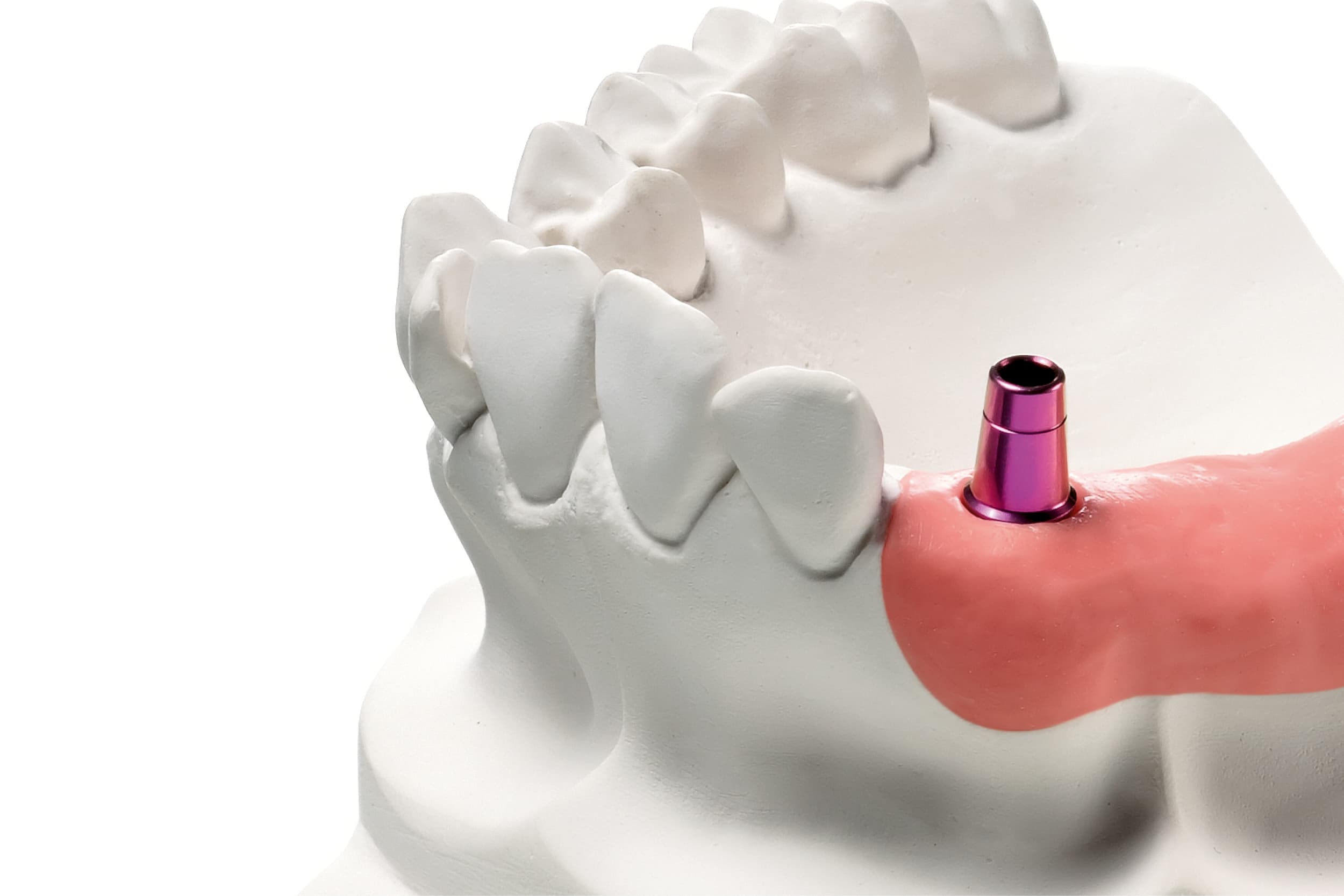
The fabrication of a fixed prosthesis on a single-tooth implant is referred to as an implant-supported crown, often abbreviated to crown. (1)
The implant-prosthesis connection is one of the most crucial factors for the stability of the restoration. (2,3) Selecting and managing the proper prosthetic components can, therefore, be considered an essential factor for the long-term success of a rehabilitation. (4)
The fitting of the implant connections is an element that can affect mechanical performance. Indeed, the greater the misfitting, the greater the increase in the mechanical stresses acting on the connection structures and the peri-implant tissues. (5-7) Misfitting does not only cause mechanical problems such as the loss of tightening screw load or possible fractures, but can also result in problems associated with the bacterial contamination of the peri-implant surfaces at connection level. (8-10)
Without an accurate impression and the proper application of dental laboratory protocols, it will not be possible to obtain an accurate single implant-supported prosthetic rehabilitation with a good long-term prognosis.
It should be pointed out that the technical steps for the fabrication of this type of single implant-supported prosthesis can vary depending on the clinical case and the type of rehabilitation. The approach will also differ depending on whether analogue, digital or hybrid procedures are used. (11-13)
Fabrication of a single implant-supported crown: the laboratory steps in a classic workflow
We will now focus on the laboratory steps in a classic workflow for the fabrication of a single implant-supported crown. We will intentionally not look at the individual techniques in detail, rather we will provide an overview of the laboratory steps.
1. Fabrication of the model
The dental technician produces the master model with implant analogues, then fabricates the antagonist model and articulates them.
Models can be either made of traditional gypsum or 3D-printed resin or an approach using digital models can be adopted. Models can be articulated using a conventional mechanical articulator or digitally using a digital articulator
During the fabrication of a prosthodontic master model, it can be useful to simulate the colour and texture of the peri-implant soft tissues using an elastomer. This artificial gum can help the dental technician with the aesthetic management of the emergence profile and with managing volumes. (14,15)
2. Managing the abutment
- Cement-retained prosthesis: In this case, the dental technician chooses either a commercially-available abutment (straight or angled and of different sizes depending on the prosthetic height) or a custom abutment, so as to reduce the offset between the insertion axis of the implant and that of the crown. (16)
- Screw-retained prosthesis: In this case, the technician uses a Ti-Base (Titanium Base Abutment) i.e. a titanium abutment with a through hole and a retentive outer surface. The technician therefore chooses the most appropriate solution depending on the prosthetic height and the offset between the insertion axis of the implant and the insertion axis of the crown and the soft tissues. (17,18)
3. Fabricating the crown
- Cement-retained prosthesis: in this case, the steps for fabricating a single implant-supported crown are the same as those used for any crown on a natural tooth. Various materials can be used and the approach can be analogue, digital or hybrid.
- Screw-retained prosthesis: the crown is fabricated on the Ti Base while retaining the patency of the through hole, by means of which the final crown will subsequently be screwed in. Once again, the approach can differ depending on the materials used and whether an analogue or a digital technique is chosen.
4. Alterations after the structure test
Depending on the material and technique used, it may be clinically necessary to carry out an intermediate test on the structure of the crown, irrespective or whether it is made of metal or ceramic.
Using a screw-retained method, the structure can be tested by temporarily cementing the Ti Base.
If necessary, the technician then alters the structure as indicated by the dentist.
5. Delivery
Once the crown is complete and the final glazing step, if required, has been carried out, the crown is polished and delivered to the dentist, who will cement it on to the abutment or screw it directly into the implant.
Materials for artificial model gums
Within its vast range intended for use in dental laboratories, Zhermack offers Gingifast, the addition silicone lineconceived to reproduce gingival morphology on models for fixed prosthesis and implant applications.
Zhermack proposes the most suitable gum mask for all types of application: Gingifast Elastic guarantees excellent aesthetic results, thanks to its translucence and the presence of fibrils to give a natural effect; Gingifast Rigid is indicated for the direct technique, while Gingifast CAD, a scannable fluid silicone, is available in two versions, Rigid and Elastic.
References
- The Glossary of Prosthodontic Terms: Ninth Edition. J Prosthet Dent 2017;117: e1-e105 n.d.
- Ramalho, I. S., Bergamo, E. T., Witek, L., Coelho, P. G., Lopes, A. C., & Bonfante, E. A. (2020). Implant-abutment fit influences the mechanical performance of single-crown prostheses. Journal of the Mechanical Behavior of Biomedical Materials, 102, 103506.
- Jung RE, Pjetursson BE, Glauser R, Zembic A, Zwahlen M, Lang NP. A systematic review of the 5-year survival and complication rates of implant-supported single crowns. Clin Oral Implants Res 2008;19:119-30.
- Zarone F, Sorrentino R, Traini T, Di lorio D, Caputi S. Fracture resistance of implant-supported screw- versus cement-retained porcelain fused to metal single crowns: SEM fractographic analysis. Dent Mater 2007;23:296-301.
- Steinebrunner L, Wolfart S, Bossmann K, Kern M. In vitro evaluation of bacterial leakage along the implant-abutment interface of different implant systems. Int J Oral Maxillofac Implants 2005;20:875-81.
- Al-Turki LE, Chai J, Lautenschlager EP, Hutten MC. Changes in prosthetic screw stability because of misfit of implant-supported prostheses. Int J Prosthodont 2002;15:38-42.
- Binon PP. The effect of implant/abutment hexagonal misfit on screw joint stability. Int J Prosthodont 1996;9:149-60.
- Alqutaibi AY, Aboalrejal AN. Microgap and Micromotion at the Implant Abutment Interface Cause Marginal Bone Loss Around Dental Implant but More Evidence is Needed. J Evid Based Dent Pract 2018;18:171-2.
- Mishra SK, Chowdhary R, Kumari S. Microleakage at the Different Implant Abutment Interface: A Systematic Review. J Clin Diagn Res 2017;11:ZE10-ZE5.
- Broggini N, McManus LM, Hermann JS, Medina R, Schenk RK, Buser D et al. Peri-implant inflammation defined by the implant-abutment interface. J Dent Res 2006;85:473-8.
- Wittneben, J. G., Gavric, J., Sailer, I., Buser, D., & Wismeijer, D. (2020). Clinical and esthetic outcomes of two different prosthetic workflows for implant‐supported all‐ceramic single crowns—3 year results of a randomized multicenter clinical trail. Clinical oral implants research, 31(5), 495-505.
- Joda, T., & Brägger, U. (2014). Complete digital workflow for the production of implant‐supported single‐unit monolithic crowns. Clinical Oral Implants Research, 25(11), 1304-1306.
- Sailer, I., Mühlemann, S., Zwahlen, M., Hämmerle, C. H., & Schneider, D. (2012). Cemented and screw‐retained implant reconstructions: a systematic review of the survival and complication rates. Clinical oral implants research, 23, 163-201.
- Beyak, B. L., & Chee, W. W. (1996). Compatibility of elastomeric impression materials for use as soft tissue casts. The Journal of prosthetic dentistry, 76(5), 510-514.
- Conejo, J., Atria, P. J., Hirata, R., & Blatz, M. B. (2020). Copy milling to duplicate the emergence profile for implant-supported restorations. The Journal of Prosthetic Dentistry, 123(5), 671-674.
- Bernal, G., Okamura, M., & Muñoz, C. A. (2003). The effects of abutment taper, length and cement type on resistance to dislodgement of cement‐retained, implant‐supported restorations. Journal of Prosthodontics, 12(2), 111-115.
- Bergamo, E. T., Zahoui, A., Ikejiri, L. L. A., Marun, M., da Silva, K. P., Coelho, P. G., … & Bonfante, E. A. (2021). Retention of zirconia crowns to Ti-base abutments: effect of luting protocol, abutment treatment and autoclave sterilization. journal of prosthodontic research, 65(2), 171-175.
- Al-Thobity, A. M. (2021). Titanium base abutments in implant prosthodontics: a literature review. European Journal of Dentistry, 16(01), 49-55.
Do you want more information on Zhermack Dental products and solutions?
Contact us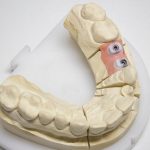
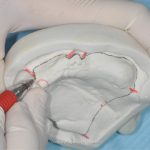
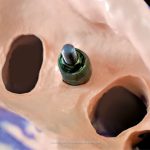
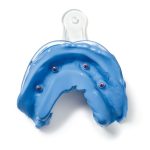

 Zhermack SpA has been one of the most important producers and international distributors of alginates, gypsums and silicone compounds for the dental sector for over 40 years. It has also developed solutions for the industrial and wellbeing sectors.
Zhermack SpA - Via Bovazecchino, 100 - 45021 Badia Polesine (RO), Italy.
Zhermack SpA has been one of the most important producers and international distributors of alginates, gypsums and silicone compounds for the dental sector for over 40 years. It has also developed solutions for the industrial and wellbeing sectors.
Zhermack SpA - Via Bovazecchino, 100 - 45021 Badia Polesine (RO), Italy.


